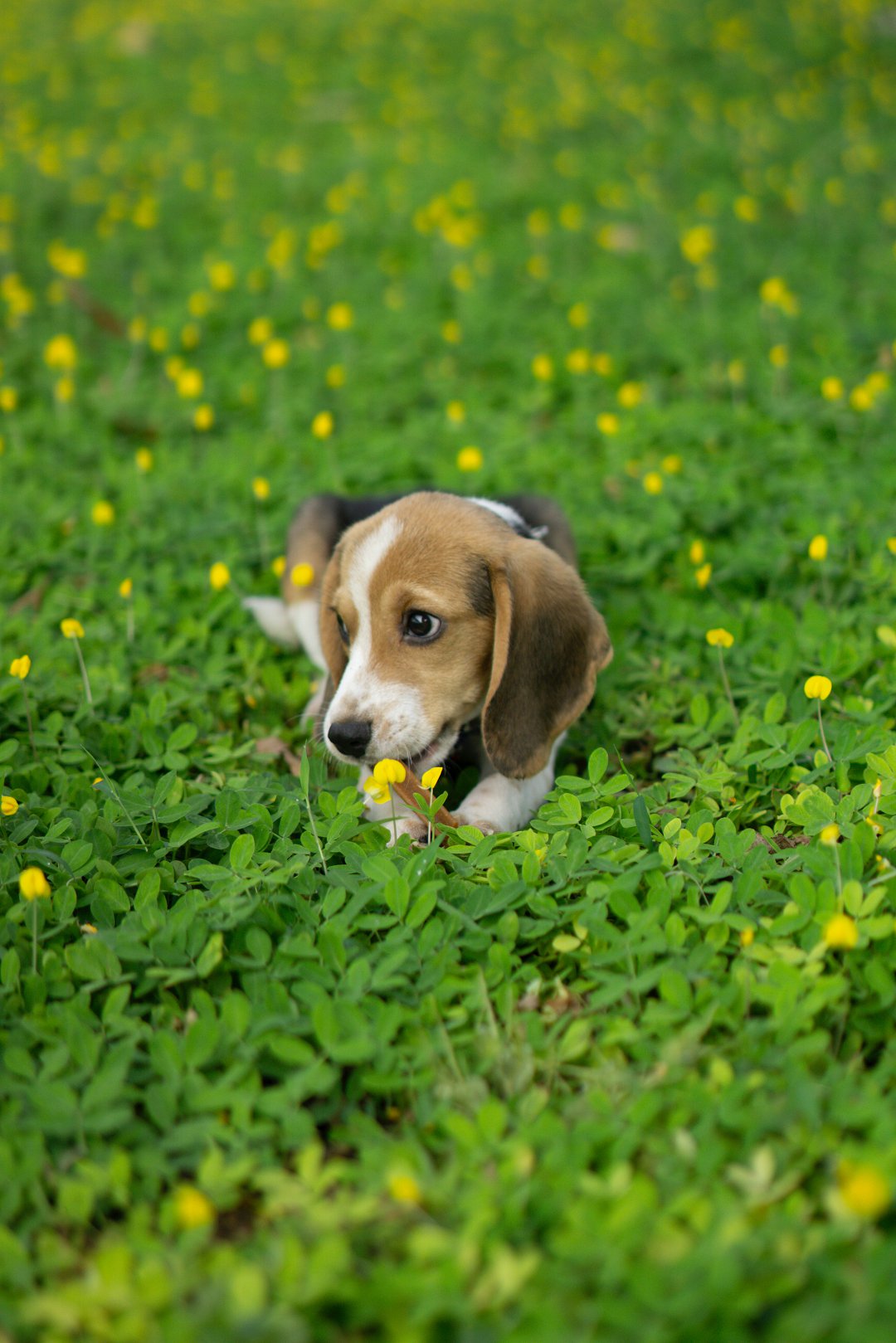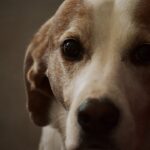Table of Contents
- 1 Introduction: Unraveling the Mysteries: The Origins of the Beagle Breed
- 2 Tracing the Footsteps: Exploring the Geographical Roots of Beagles
- 3 From Ancient Origins to Modern Marvels: Unveiling the Fascinating History of Beagles
- 4 FAQs About: Where Did the Beagle Originate From?
- 4.1 1. What is the origin of the beagle breed?
- 4.2 2. Were beagles used for hunting purposes?
- 4.3 3. Did Charles Darwin have any influence on the development of beagles?
- 4.4 4. What other dog breeds contributed to the development of beagles?
- 4.5 5. Did beagles originate from North America?
- 4.6 6. How did beagles become popular as companion animals?
Introduction: Unraveling the Mysteries: The Origins of the Beagle Breed
Are you curious about where the Beagle breed originated from? Well, look no further as we embark on an exciting journey to uncover the fascinating history of these beloved dogs. The Beagle is a breed with a rich and intriguing past that dates back centuries.
The Beagle’s origins can be traced back to England, where they were developed as hunting dogs. These dogs were specifically bred for their exceptional scenting abilities, making them excellent trackers. But how did the Beagle evolve into the breed we know today? To understand this, we need to delve into the history of breed development and the factors that played a role in shaping the Beagle’s characteristics.
In the next section, we will explore the geographical roots of Beagles, tracing their footsteps across different regions and uncovering how their ancestry influenced their traits. So, let’s dive into the captivating world of Beagles and discover the secrets behind their origin.
Tracing the Footsteps: Exploring the Geographical Roots of Beagles
The beagle is a beloved dog breed known for its friendly and outgoing nature, as well as its exceptional sense of smell. But where did the beagle originate from? Let’s delve into the geographical roots of this fascinating breed.
England: The Birthplace of Beagles
Beagles have their origins in England, where they were developed as hunting dogs. The breed can be traced back to the 19th century, and it is believed to have descended from several English scent hound breeds, including the Harrier and the Talbot Hound.
North America: The Beagle’s Journey Across the Atlantic
In the 19th century, beagles made their way across the Atlantic to North America. They were brought to the United States by English settlers, who valued their hunting abilities. Beagles quickly gained popularity in America and became a staple in hunting communities.
Selective Breeding: Shaping the Beagle’s Characteristics
Over the years, beagles were selectively bred for their hunting skills and traits that made them well-suited for tracking scents. This selective breeding process helped refine the breed and enhance their natural abilities. Today, beagles are still used as hunting dogs, but they have also become popular as companion animals and show dogs.
Charles Darwin and the Beagle Connection
It is worth noting that the beagle breed shares a connection with the famous naturalist Charles Darwin. In 1831, Darwin embarked on a five-year voyage aboard the HMS Beagle, which provided him with the opportunity to observe and collect specimens from various regions, including South America and the Galapagos Islands. Although the ship was named after the breed, it is unclear whether any beagles were actually aboard.
A Global Presence
Today, beagles can be found all around the world. They have gained recognition for their friendly and sociable nature, making them a popular choice for families and individuals alike. Their excellent sense of smell also makes them valuable in various fields, including search and rescue operations, drug detection, and even medical research.
By exploring the geographical roots of the beagle, we gain a deeper understanding of this remarkable dog breed. From its origins in England to its journey across the Atlantic, the beagle has left its pawprints in history. In the next section, we will uncover the fascinating history of beagles, including their development as a breed and their role in society.
From Ancient Origins to Modern Marvels: Unveiling the Fascinating History of Beagles
The history of the Beagle breed is a captivating tale that stretches back centuries. To understand where the Beagle originated from, we must delve into its ancient origins and trace its journey to becoming the beloved dog breed we know today.
Ancient Beginnings: The Origins of Beagles
- The Beagle is an ancient breed that can be traced back to as early as the 5th century BC.
- The exact origin of the Beagle is uncertain, but it is believed to have descended from ancient scent hounds in Greece or Rome.
- These early scent hounds were highly valued for their exceptional sense of smell and were used for hunting small game.
Evolution and Development: Beagles in England
- The Beagle as we know it today began to take shape in England during the 18th century.
- The breed was developed by crossing various scent hounds, including the Harrier and the Talbot Hound.
- Beagles were primarily used as hunting dogs, prized for their ability to track scents and chase game.
- The breed’s popularity soared in the 19th century, thanks in part to the work of renowned naturalist Charles Darwin.
- Darwin used Beagles in his studies on natural selection and selective breeding, highlighting their intelligence and adaptability.
Crossing the Atlantic: Beagles in North America
- Beagles made their way to North America during the 19th century, brought by English settlers.
- The breed quickly gained popularity in the United States, where it was used for hunting rabbits and other small game.
- American breeders began to develop their own lines of Beagles, focusing on specific traits such as size and speed.
- Today, Beagles are a beloved and popular breed in North America, known for their friendly nature and keen sense of smell.
In conclusion, the Beagle breed has a rich and fascinating history that spans centuries. From its ancient origins to its development in England and its journey to North America, the Beagle has evolved into a beloved and versatile dog breed. Whether it’s their exceptional sense of smell or their friendly and playful nature, Beagles continue to captivate dog lovers around the world. So, the next time you see a Beagle, take a moment to appreciate the remarkable journey this breed has taken, and the legacy it carries with it.
FAQs About: Where Did the Beagle Originate From?
1. What is the origin of the beagle breed?
The beagle breed originated in England during the 19th century, where it was developed as a hunting dog with exceptional scent-tracking abilities.
2. Were beagles used for hunting purposes?
Yes, beagles were primarily bred and used as hunting dogs. Their keen sense of smell and agility made them ideal for tracking small game, such as rabbits and hares.
3. Did Charles Darwin have any influence on the development of beagles?
Yes, Charles Darwin himself had a significant role in the development of beagles. He was fascinated by their hunting abilities and conducted experiments on their sense of smell, which contributed to our understanding of natural selection and selective breeding.
4. What other dog breeds contributed to the development of beagles?
The beagle breed is believed to have descended from several ancient scent hound breeds, including the Harrier and the Talbot Hound. These breeds played a crucial role in shaping the beagle’s characteristics and hunting instincts.
5. Did beagles originate from North America?
No, beagles did not originate from North America. While they eventually gained popularity in North America, their origins can be traced back to England.
6. How did beagles become popular as companion animals?
Beagles’ friendly and sociable nature, combined with their adorable appearance, made them popular as companion animals. Their hunting background also contributes to their active and playful temperament, which many people find endearing.






Leave a Reply